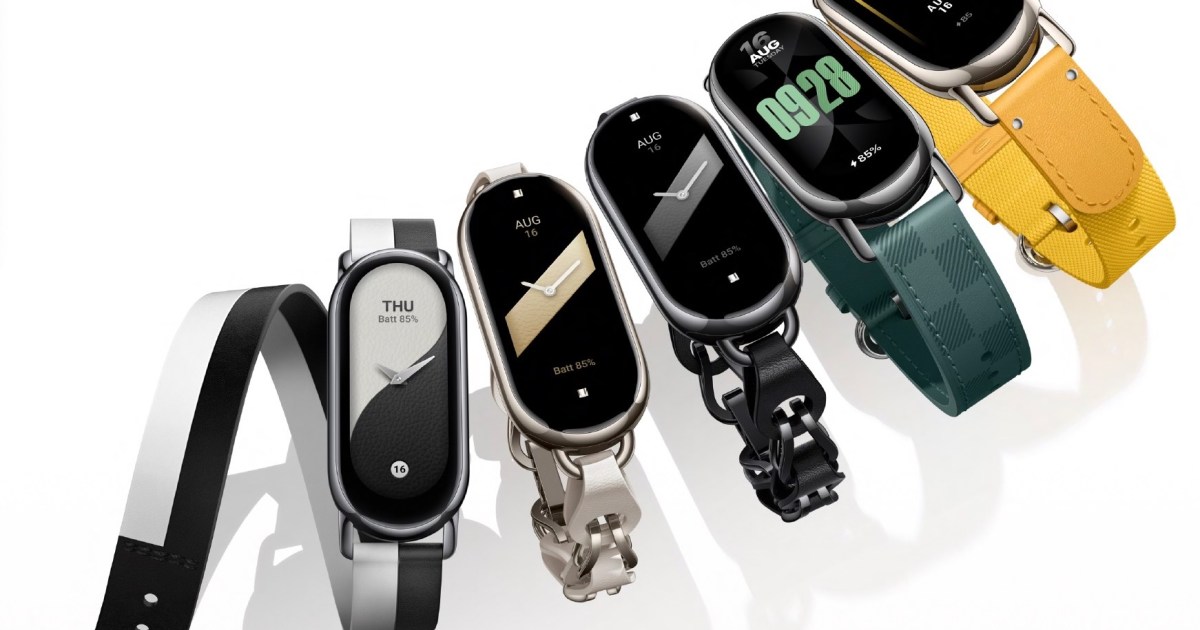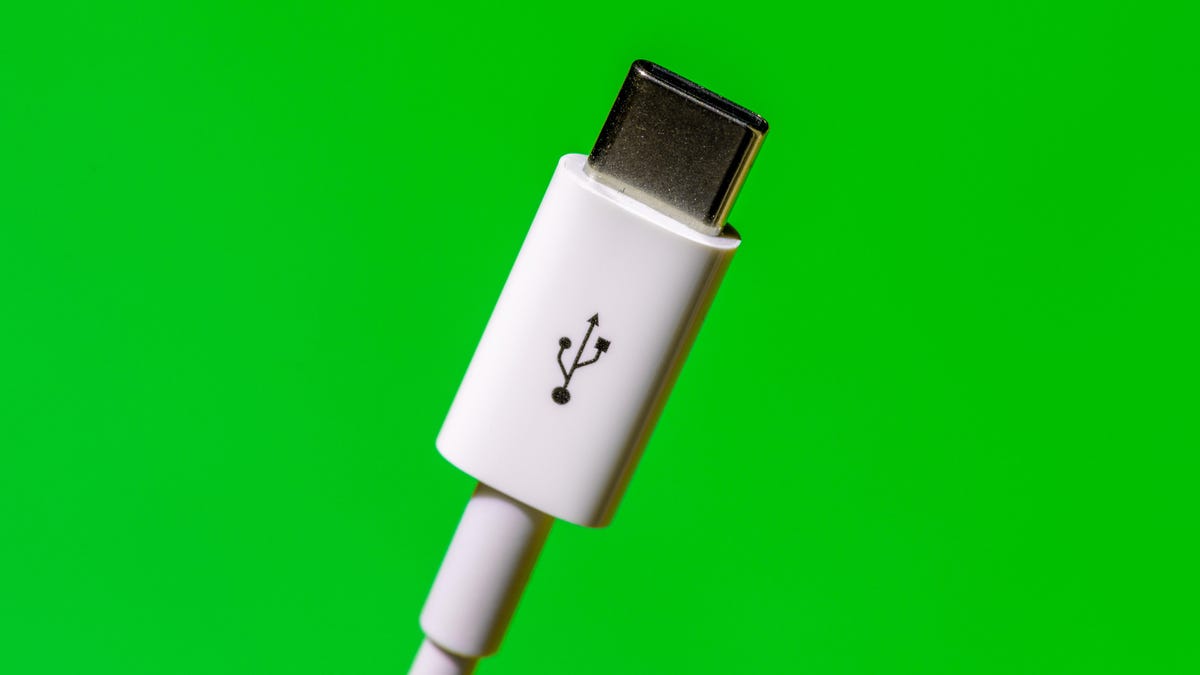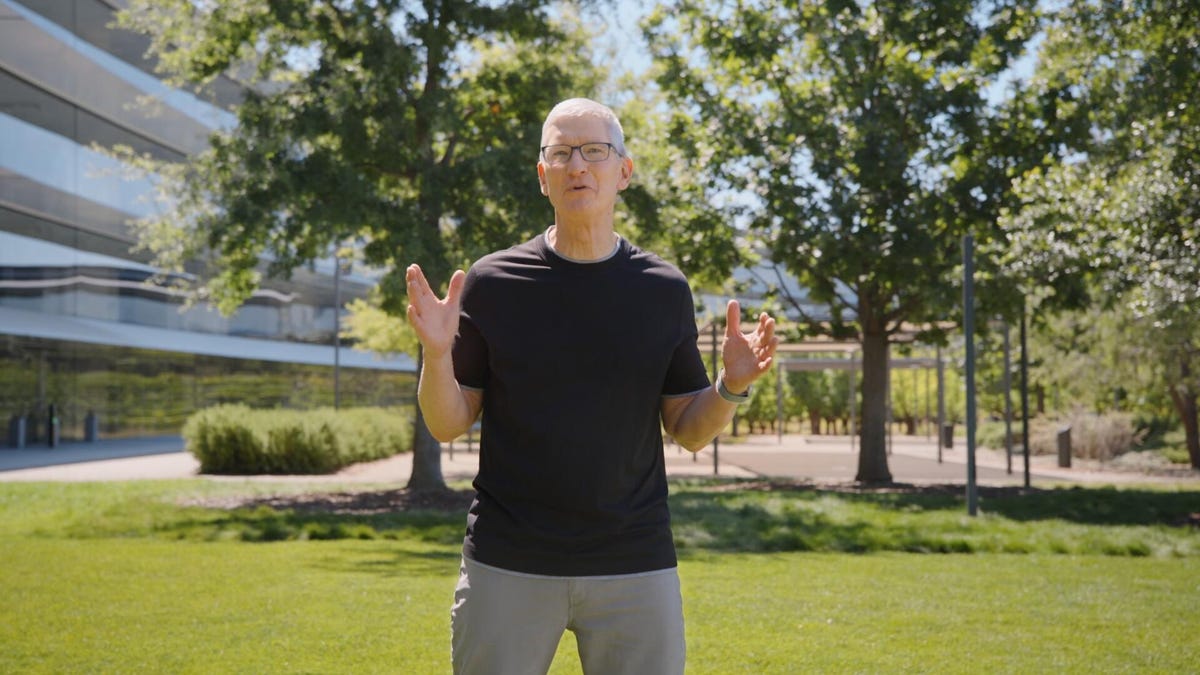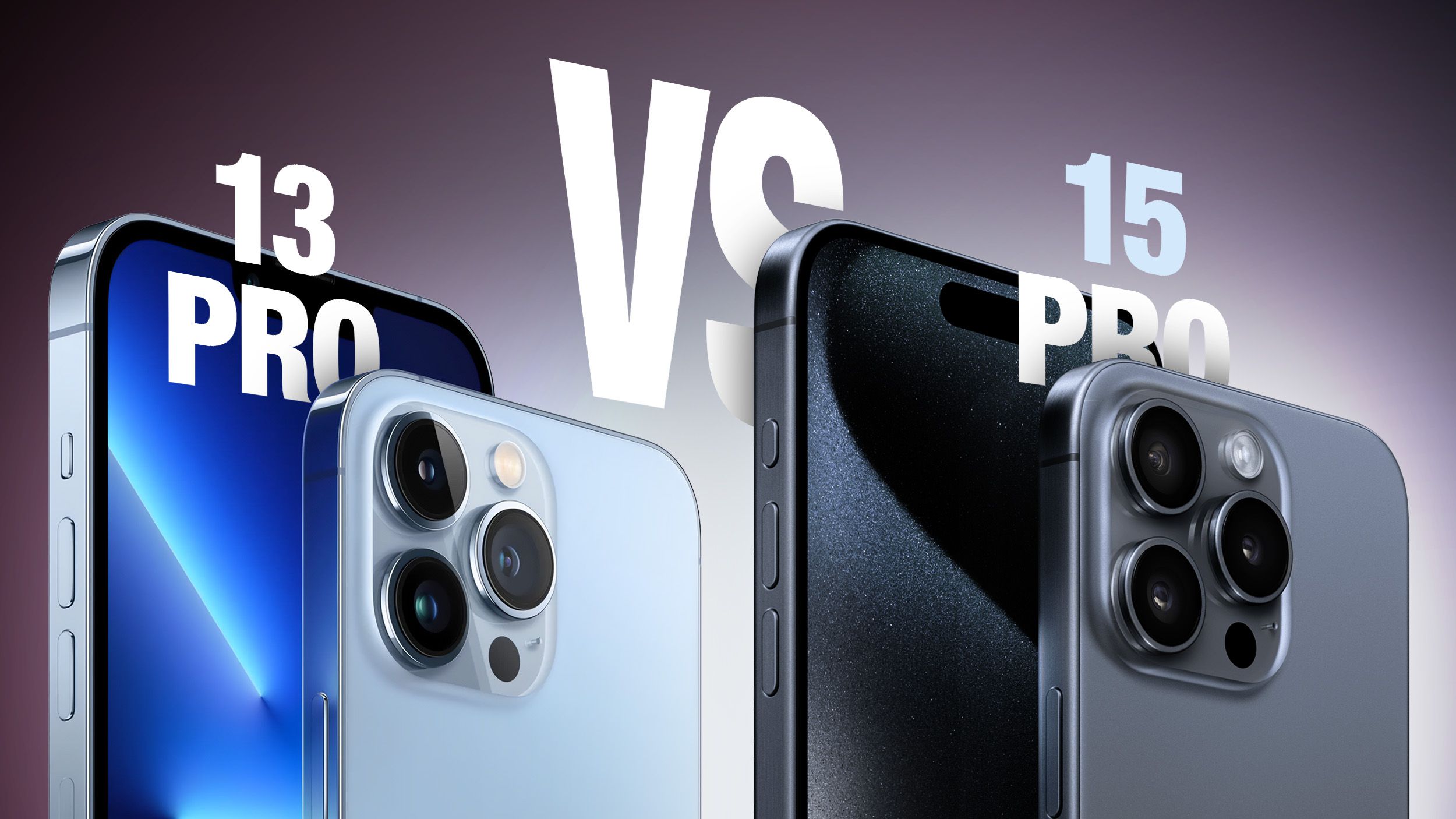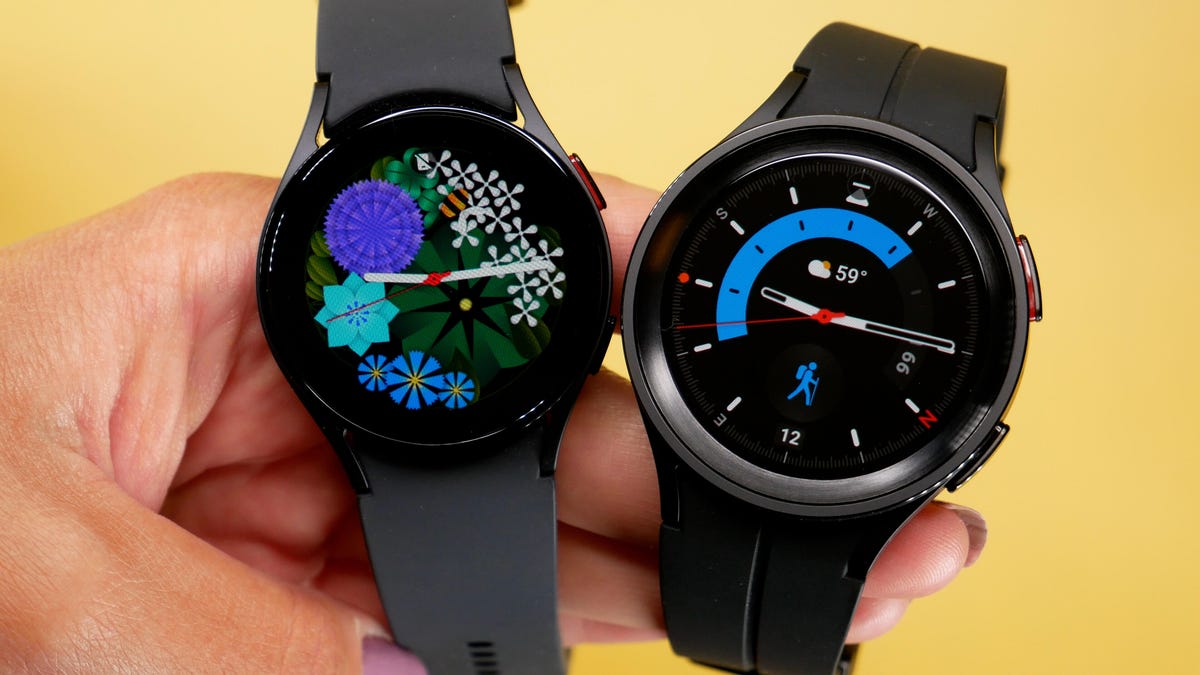Essential features for Google Pixel 8 to outshine Pixel 7A
Essential features for Google Pixel 8 to outshine Pixel 7A
The Pixel 8: Google’s Answer to the Budget-Friendly Pixel 7A
Google has set the stage with a clear message – the Pixel 8 and 8 Pro are arriving on October 4th. As a dedicated fan of the Pixel series, I am excited for the release of the Pixel 8, but I can’t help but wonder if Google’s A-series phones are starting to overshadow its flagship Pixels. With the Pixel 7A offering the same processor and a great camera as the Pixel 7 and 7 Pro at a lower price, Google needs to give us a compelling reason to choose the Pixel 8 over its budget-friendly counterpart.
Currently, the Pixel 7A caters to those who want a Pixel experience without compromising on performance and camera quality, while the Pixel 7 Pro targets photography enthusiasts. So, who is the Pixel 7 for? This is the question that Google needs to answer with the Pixel 8, along with some routine improvements to software support and battery life.
To make the Pixel 8 a compelling choice, Google needs to do more to differentiate it from the Pixel 7A. After all, the $499 Pixel 7A already offers features that most people look for in a new phone such as a great camera, smooth performance, user-friendly software, and decent battery life. The main differences between the Pixel 7 and 7A are the former’s slightly more durable design, larger screen, and battery share feature, allowing you to charge compatible accessories by resting them on the back of the phone, effectively turning it into a wireless charger.
While the Pixel 7 has a larger camera sensor that is more light-sensitive, the improvement in photo quality is hardly noticeable. It seems that the Pixel 7 and Pixel 7A are targeting the same audience – Android fans who want a general-purpose phone with a great camera and a reasonably sized screen. In contrast, the Pixel 7 Pro stands out with its larger screen, extra telephoto camera, macro photography capabilities, and higher storage options.
To make the Pixel 8 even more enticing, Google could consider a few changes. Slightly increasing the display size to 6.4 inches and boosting the charging speed would set it apart from the potential Pixel 8A. Additionally, increasing the base storage to 256GB, like Samsung has done with the Galaxy S23 Plus, along with offering a 512GB storage option, would further distinguish the Pixel 8 from its budget counterpart.
Another crucial aspect is software support. While Google’s clutter-free version of Android and call assist features make Pixel phones appealing, their limited Android version updates have been a drawback. Google could learn from Samsung and Apple, with Samsung offering up to four generations of Android platform updates and Apple providing compatibility with older iPhone models. If Google can match or surpass them, it would significantly enhance the competitiveness of the Pixel line.
Battery life is always a concern, and improvements in this area would greatly benefit the Pixel 8. While the Pixel 7’s battery life was satisfactory for a full workday, an extra boost in longevity would be appreciated. In comparison, the Pixel 7A outperformed the Pixel 7 in ENBLE’s three-hour battery test, showing that there is room for improvement.
Ultimately, the success of the Pixel 8 will depend on the advancements Google brings to its camera technology, the introduction of the new Tensor processor, longer battery life, extended Android support, and exclusive features that set it apart from the A-series phones. If Google can deliver all these improvements within the $600 price range, there is no doubt that the Pixel 8 could be a hit among consumers.
So, let’s keep our eyes peeled for October 4th and see if Google can truly deliver a compelling reason to choose the Pixel 8 over its budget-friendly sibling.
